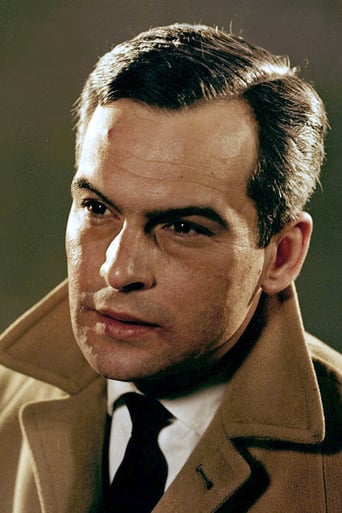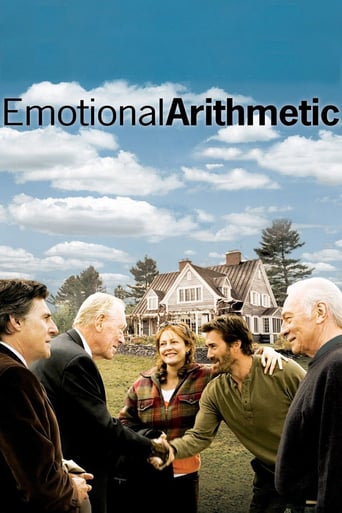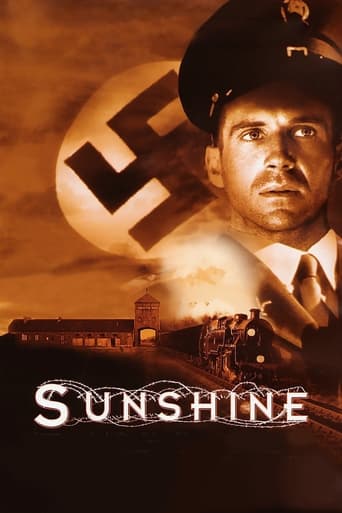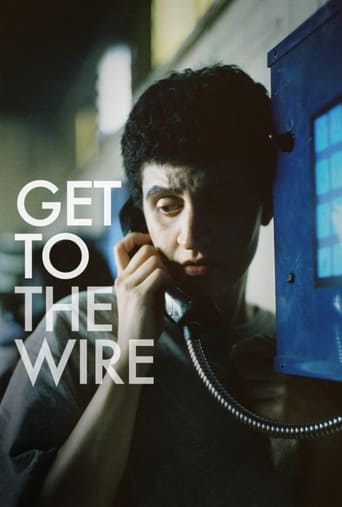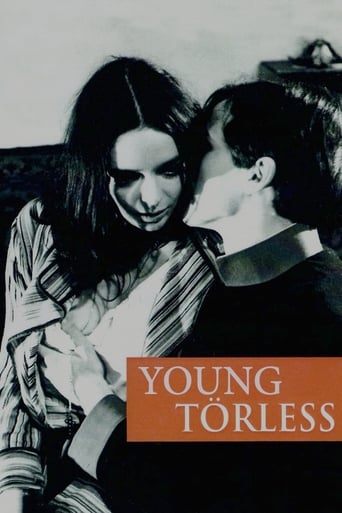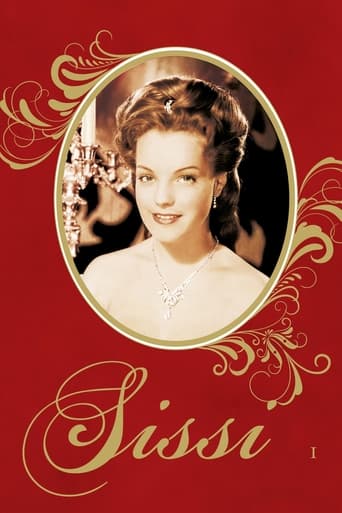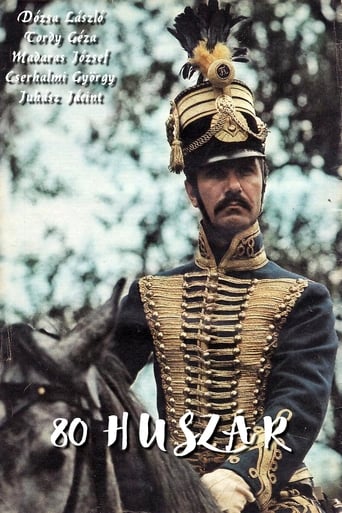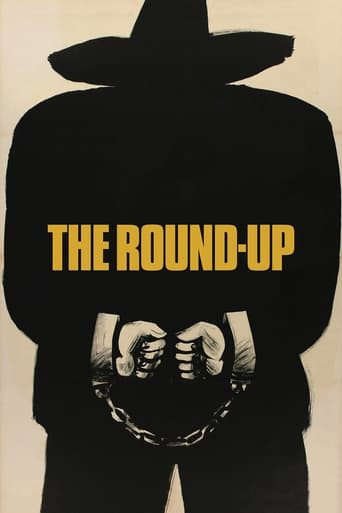
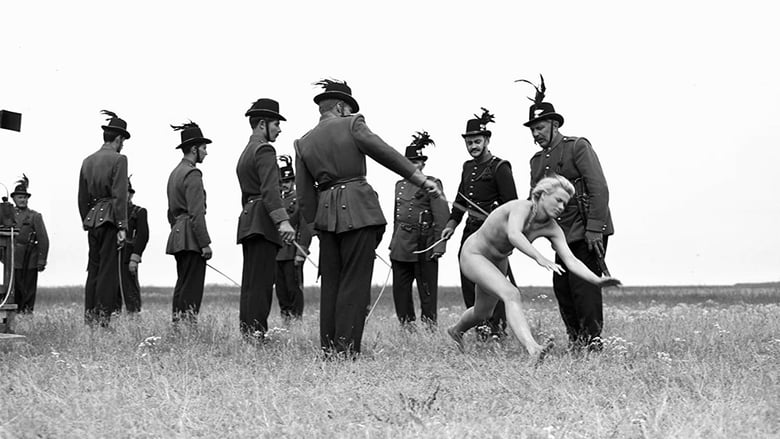
The Round-Up (1966)
After the failure of the Kossuth's revolution of 1848, people suspected of supporting the revolution are sent to prison camps. Years later, partisans led by outlaw Sándor Rózsa still run rampant. Although the authorities do not know the identities of the partisans, they round up suspects and try to root them out by any means necessary.
Watch Trailer
Cast
Similar titles

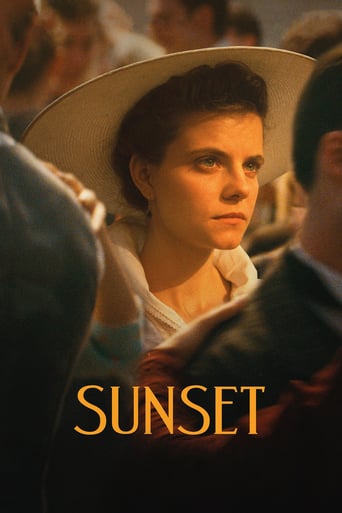
Reviews
Don't Believe the Hype
Absolutely the worst movie.
A Masterpiece!
This is a dark and sometimes deeply uncomfortable drama
Jancso, a Bolshevik film mentor and beneficiary of state interventionism in the arts in Hungary during the Iron Curtain period, literally followed the classic "September Protocol," i.e. the theoretical, Manichaeist dogma of the Stalinist Era laid out by Zhdanov and then adopted by the Communist Parties on a global scale. The first step in Leninism, after the Bolshevik Revolution of 1917, was to establish, through censorship and state sponsorship, the complete control of cultural production with the aim of destroying Western thought ("Bourgeois or burzhooi", they called it) based on Jewish- Christian prophecies as well as on Roman law and Greek philosophy. In fact, all red cultural policies were born out of such distortions, namely: totalitarian Zhdanovism, engaged art, demented Gramscism, tenets of the Frankfurt School, Mao's destructive Cultural Revolution and so forth, not forgetting the message that every dictator used to state in the congresses of the communist militancy about the promotion of cultural production: "Comrades, anything for the sake of the Revolution, nothing outside the revolution!" But ¨the Round-up¨ is much more and much less than this, it is an unbearable parade of long shots where each image seems to reflect the hatred that this mediocre director always nurtured against the Austrian-Hungarian Empire.
I took a punt on this one needing out of the house on a holiday Monday. It was short enough, ranked in certain quarters as a classic, and had made it onto those most worthy of cinéaste lists as an undeservedly overlooked masterpiece. It sounded like one of those films, like Koyaanisqatsi, that, like Twain's classics, everyone wants to have watched and nobody much wants to watch; one which I would sit through with a lot of deep and meaningful thoughts in my mind, which would stay with me for years but be approximately as enjoyable as the last three fifths of all those long form essays on climate change, crypto currencies or the situation in the Ukraine I mean to get round to. Some of the write ups on it made it sound as if there was barely any dialogue.In fact, though the dialogue is reasonably sparse, there are few long scenes without any dialogue. Indeed it is important enough that the subtitles caused me problems. I have been watching films with Czech subtitles for a few years now and have few problems with that from a language point of view. What I do tend to notice, though, is that the comprehensibility of subtitles varies widely. Sometimes subtitles flash up and are cancelled so quickly you don't have time to scan them. This can be the case even where they are not replaced with others. The viewer in these films begins to distrust the subtitles and scans the text quicker than is natural, taking little in even in those moments where the subtitles remain in place. This is far more often a problem than the poor idiom often seen in Czech subtitles. I don't know much about the technology of subtitles, but it looked as if the text was applied to the copy of the film in this instance, probably many years ago, and being essentially burned into the film itself, parts of the text disappeared for a number of frames. I missed a number of exchanges because of this and would like to watch the film again with English subtitles for this reason.I'm in two minds, too, about the need to read up on the background of the film beforehand. As with a Forward in a classic novel, I find that knowing too much about a film before first seeing it can detract from its immediacy. With The Round-up, though, I might perhaps have benefited from knowing a little more. At least with a film, and certainly a film of this length, I can see it again more easily than I might find time to read a Victorian novel.Knowing as little as I did about the background, however, it is certainly true that was plenty to keep my interest, both on the human level (which in places I would have understood better had the subtitles been a touch better), and on the visual level. As far as the human level goes, there are scenes here that could gainfully be projected in lectures on game theory and the prisoner's dilemma. The psychological methods used by the captors are brutally effective and it is impossible to watch without thinking how well you would fare in such circumstances. Purely aesthetically, both the landscape here and the people are so full of character. János Gajdar's face is just one of those that fills the screen and though stoic, almost static much of the time, speaks of many years of rough breaks and a dangerous contained emotion.They don't make films like this anymore in part because they don't make men like that anymore.
Szegénylegények is one of the best films I've seen. Even though it is not very violent or graphic, I went through same emotional scale as I did watching Pier Paolo Pasolini's Salo. Group of men, subdued and prisoned, are submitted to different traps by their jailers to find their leader. There's no way out, just another trap after another. A friend who I watched it with commented that it's like Kafka without any humor.Black & white film suits The Round Up perfectly. Contrast in photography, white buildings and dark figures give a very cold feeling, which contributes to movie's hopeless atmosphere.
Life comes along at a variable pace, and we are constantly re-positioning our gaze to obtain the optimum information in order to understand the situation we are in. This is replicated in the cinema through the mise en scène and editing of the scenes. Since the 1930s there has been an either explicit or implicit debate as to whether editing within the scene is a good or bad thing, with Andre Bazin rooting for the unity of the image against montage (editing). Fifteen years before this film, Hitchcock set down a marker with 'Rope' (and to a lesser extent 'Under Capricorn') that scenes, indeed whole films can be made without much in the way of editing, by simply organising the action and camera movement to reveal the same information in a more continuous way. Enter Miklos Jancso. With this film he became something of a celebrity in intellectually active film circles by structuring it to be shot in the main, in long takes. Does it work? Well, it works in one way, and that is that it draws attention to the Hungarian plains in which it was shot and which, during the numerous long slow pans that we see, seem to stretch forever across the landscape. Looking at it again after almost forty years, I find it difficult to believe that it made such a big kerfuffle. Long held takes DO enhance suspense - hence Hitchcock's temporary enthusiasm for them - but they seem artificial as they do not mimic the action of the eye, which is always on the lookout for something more interesting elsewhere (hence Hitchcock's enthusiasm being only temporary!). The 'rounding-up' of prisoners that it portrays is an OK subject for a film, but I think we would have been much more emotionally involved with the characters if we had been treated to reaction shots and the like. Still, see it as a theoretical/historical curiosity.
